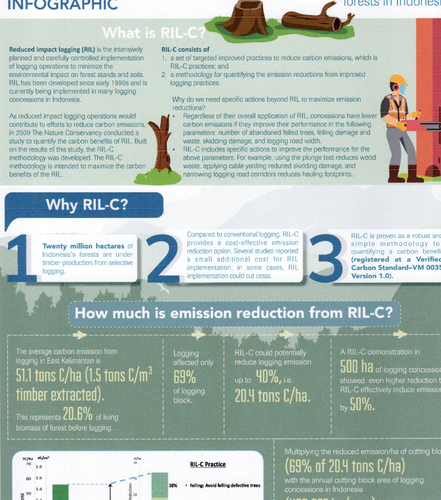




Protecting the world’s forests is crucial for the climate. Forests absorb vast amounts of carbon dioxide and can be a source of greenhouse gas emissions when destroyed or damaged.
Logging in deforestation refers to the practice of cutting down trees for commercial purposes mainly the timber industry.
The impact of deforestation, if not controlled, can be devastating.
On average for every tonne of wood extracted 6 tonnes (1:6) are damaged or destroyed. It can rise to 1:20.
There are a number of ways of stopping it being so devastating.
- a logger could make a more accurate assessment of tree’s quality -a’plunge cut’. A chainsaw is driven into the base of the trunk to reveal if it is hollow without killing it. n be dropped where it will do least damage to its neighbour.
- instead of a wide skidway leaving a trail of destruction it can be narrow and sensitive to other trees
OR
a ‘logfisher’ -an adapted crane with long cables could ‘fish’ the timber out with less skidding - logging roads could be reduced to 15 metres instead of 30 metres
Combine all these habits and more trees will be left standing to hold more carbon and potentially grow on to be of valuable to the logger
(Chapter 11 - Good Logging- 39 Ways to save the Planet by Tom Heap)
Something went wrong, please try again later.
This resource hasn't been reviewed yet
To ensure quality for our reviews, only customers who have downloaded this resource can review it
Report this resourceto let us know if it violates our terms and conditions.
Our customer service team will review your report and will be in touch.